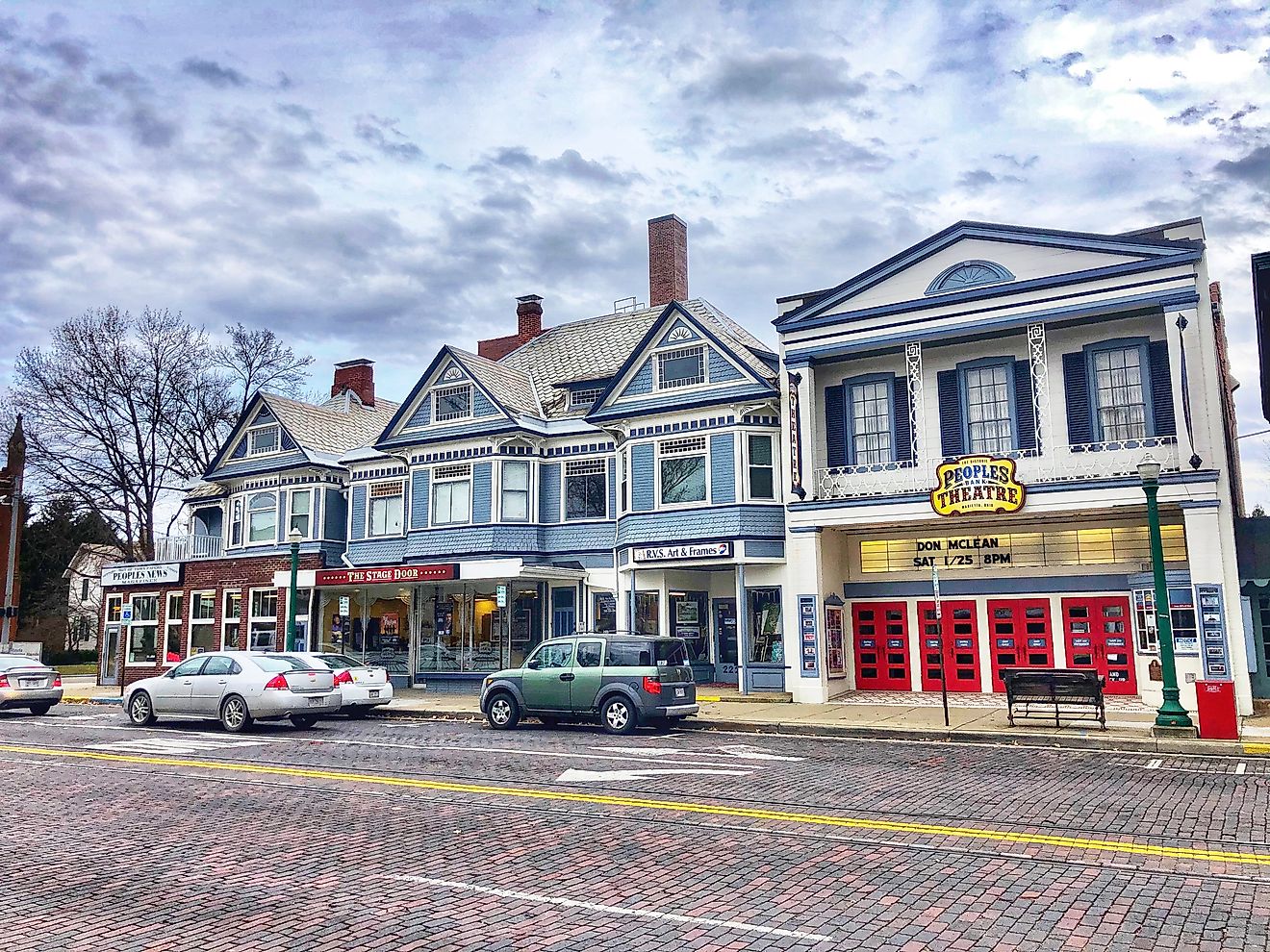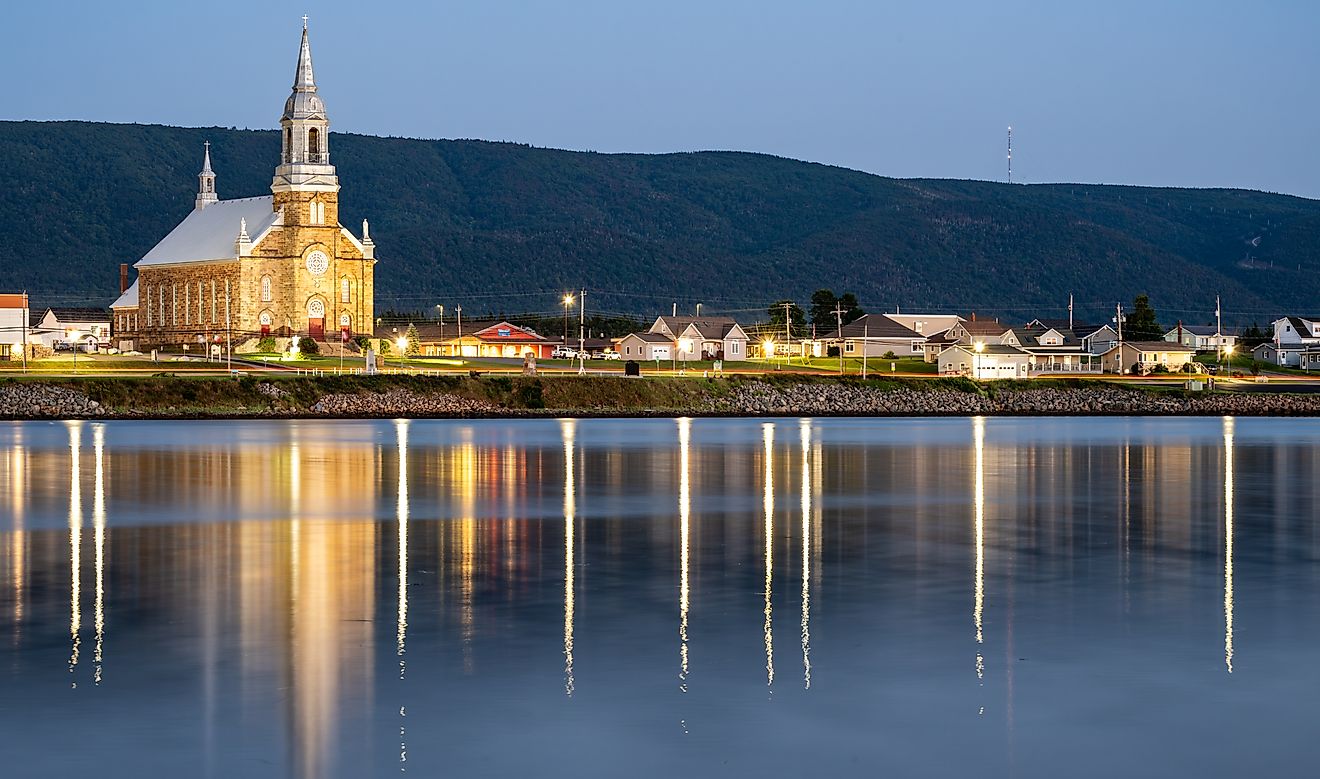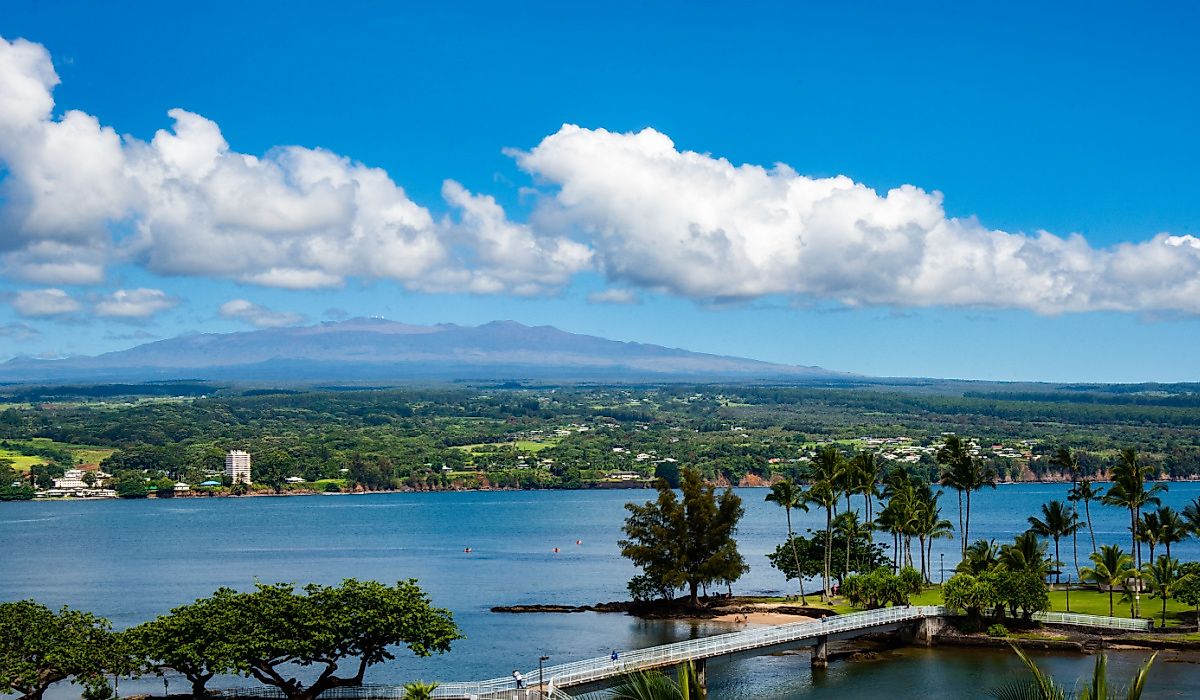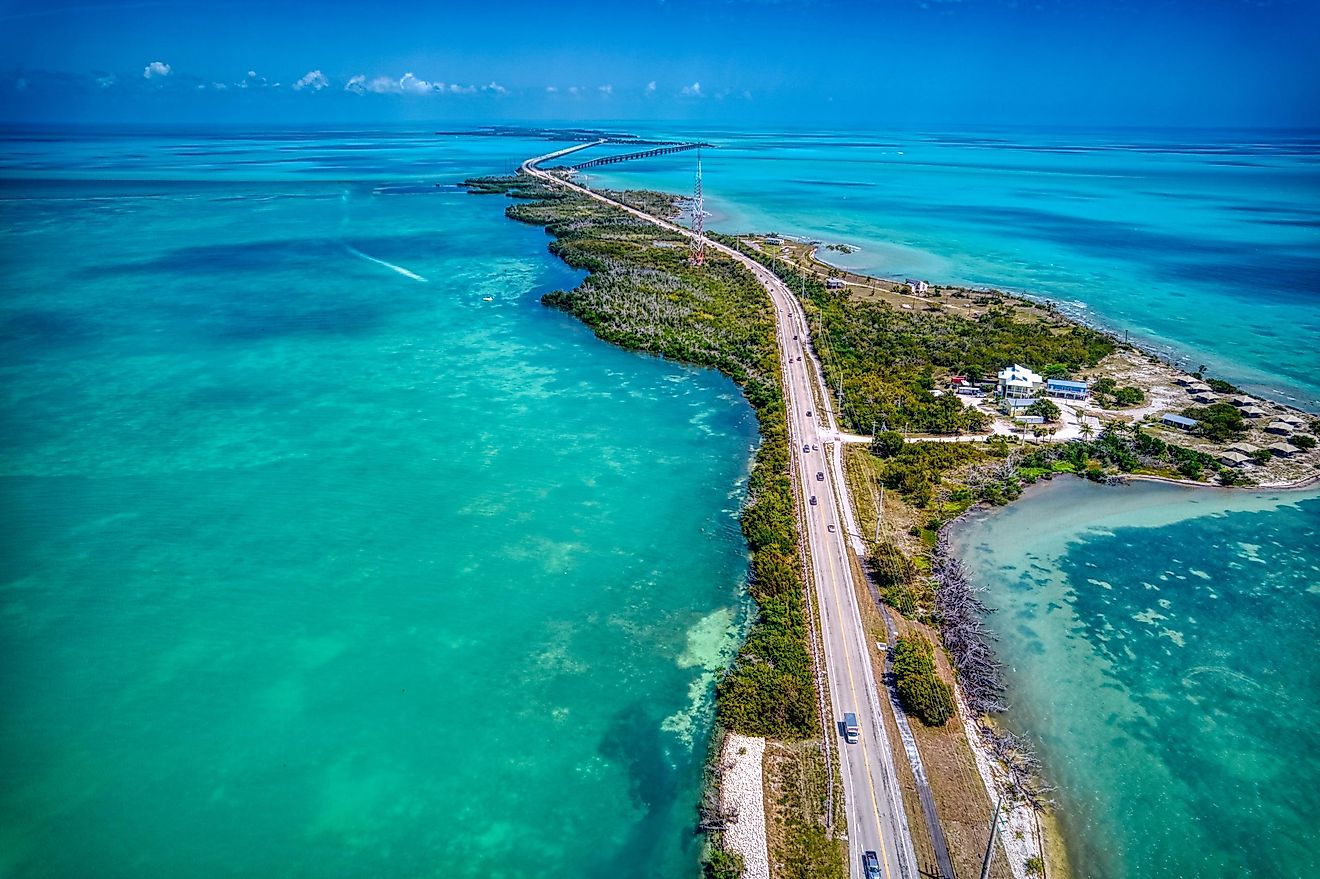UNESCO World Heritage Sites In Madagascar
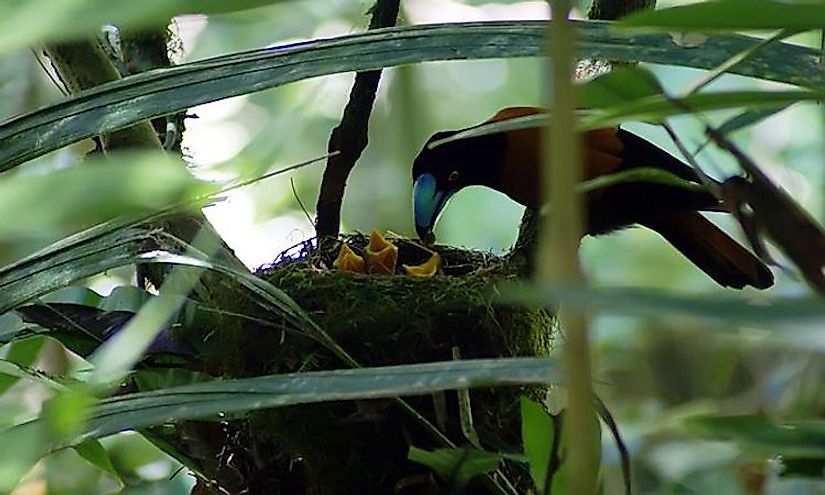
Madagascar is a unitary Semi-presidential republic located in the southern parts of Africa. It is the largest island in Africa and the fourth largest in the world. The country is rich in history, and researchers are still studying the possible earliest settlements in the area. There exists archeological evidence to show that the country was visited by foragers as early as 200 BC. Madagascar was an important transoceanic trading hub connecting ports in the Indian Ocean. In this article, we will discuss the UNESCO world heritage sites found in Madagascar.
UNESCO World Heritage Sites In Madagascar
Ambohimanga Royal Hill
Ambohimanga Royal Hill is considered to be the most significant symbol of cultural identity of Merina ethnic group. It is also said to be the most well-preserved monument of the Kingdom of Imerina. There are burial sites of several monarchs and residence surrounded by a wall. Ambohimana is derived from two words in the Malagasy language. Ambohi means hill while Manga means sacred, good, or beautiful. When put together, the Ambohimanga means a sacred hill. The earliest settlers in the Central Madagascar highlands were the Vanzimba ethnic group in 200 BC. The Merina arrived later in the 15thcentury and established simple villages in the hilltops. The hills were surrounded by the Vanzimba and surrounded the Merina settlements without any conflicts.
The Vanzimba people were eventually displaced, and the Merina were the main group in the area. In 1710, the king of the Amerina divided the kingdom into four so that each of his sons would rule his kingdom. However, they started wars with the intention of conquering the neighboring territories. The conflicts led to vicious wars which necessitated the need to build defensive walls in the hills. The civil wars lasted for 77 years and were brought to an end when Andrianampinimerina successfully reunited the four quadrants of the kingdom. To consolidate his reign, he ordered the construction of new city walls, gates, defensive trenches, and a new palace; the present day Ambohimanga Royal Hill. Notable features include; two stone covered springs believe to have purification powers, royal compound, protective trenches, and a royal courtyard.
Atsnana Rainforests
These are six national parks which were inscribed in 2007. There are 13 specific areas which were inscribed. The national parks are; Marojejy National Park, Masoala National Park, Zahamena National Park, Ranomafana National Park, Andringitra National Park, and Andohahela National Park. Madagascar is believed to have separated from the other land mass over 60 million years ago and hence its flora and fauna has evolved in isolation. The rainforests support plant and animal life which are rare and threatened. The biodiversity of plant and animal life together with the presence of a vast number of endemic and endangered wildlife justifies its inscription.
Tsingy de Bemeraha Strict Nature Reserve
The name Tsingy is derived from the Malagasy language and implies a place where one cannot walk barefooted. It is a karstic plateau which was formed as a result of groundwater cutting the elevated uplands. Vertical and horizontal erosion patterns have led to the creation of forest like needles of limestone. Apart from this geomorphologic wonder, the site is home to extreme endemism of flora and fauna which are only found in very small niches within the Tsingys.
Significance Of These UNESCO World Heritage Sites
The heritage sites in Madagascar are the main tourist attraction sites in the country. Since their inscription a UNESCO World Heritage sites, they have seen an upsurge in the number of tourists and this has increased the income of the country. These sItes have also helped in maintaining the environment especially the Tsingy de Bemeraha nature reserve and the Atsana rainforests. The Atsana rainforests are home to rich endemic and endangered organisms. The Ambohimanga royal hill ha helped to preserve the rich culture of the Imerina community.
UNESCO World Heritage Sites In Madagascar
| UNESCO World Heritage Sites in Madagascar | Year of Inscription; Type |
| Ambohimanga Royal Hill | 2001; Cultural |
| Atsinanana Rainforests | 2007; Natural Site in Danger |
| Tsingy de Bemaraha Strict Nature Reserve | 1990; Natural |








